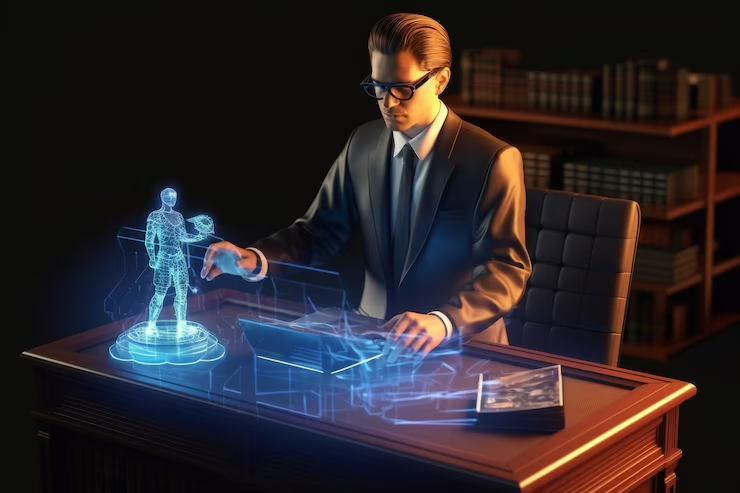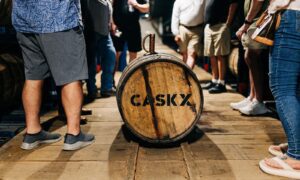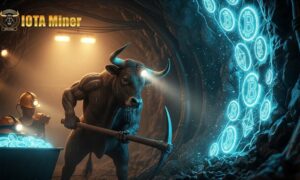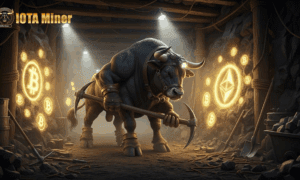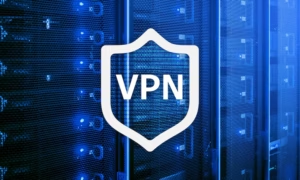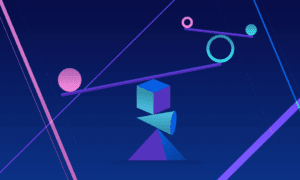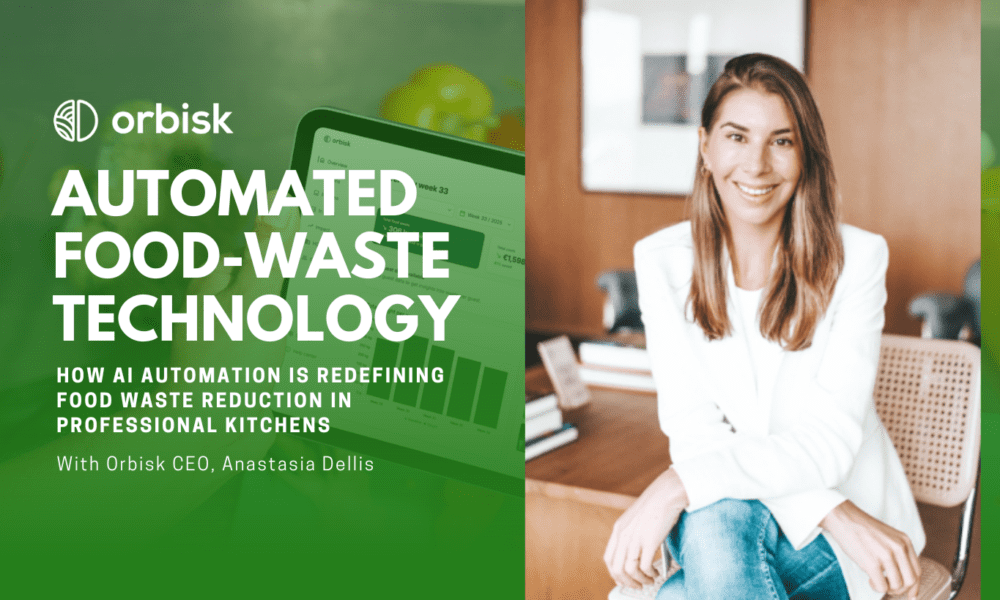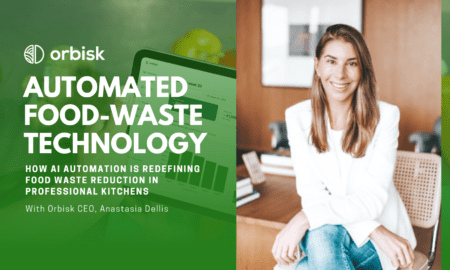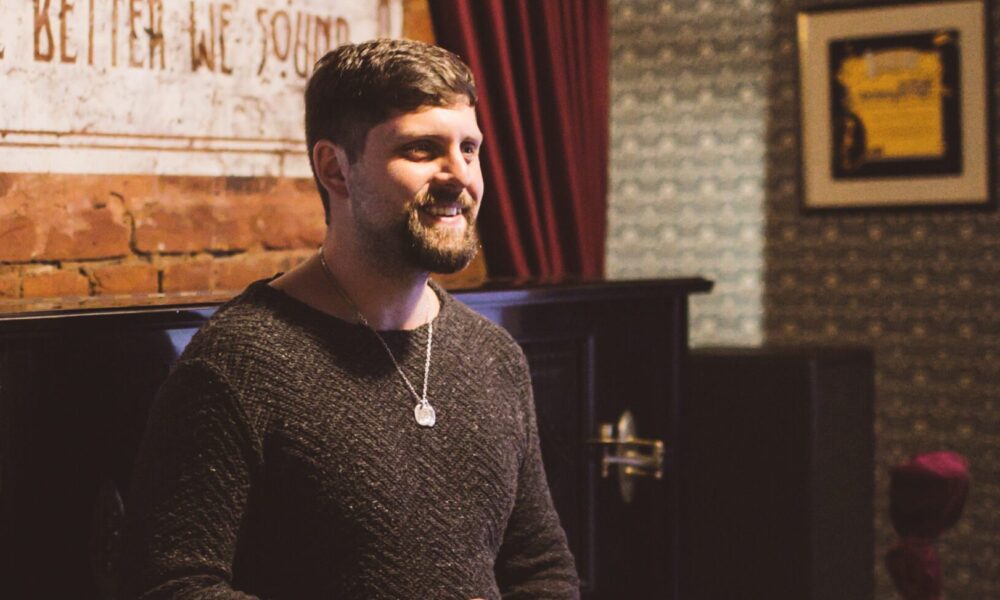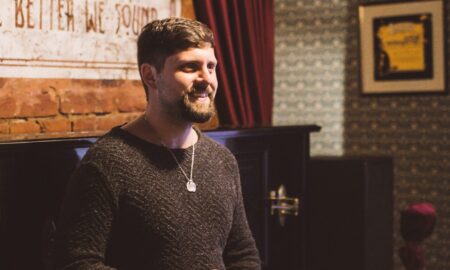AI-generated art has gone from a curious experiment to a widespread trend, showing up everywhere from movie storyboards to online ads. Whether it’s moody landscapes created by diffusion models or ultra-real portraits made with GANs, computers are now active participants in making art. But like any powerful tool, AI art brings new challenges. Let’s look at the main concerns: unclear legal rules, hidden biases, energy use, and what it means for human artists.
AI-Generated Art’s Rise in Creative Industries
In the early 2020s, AI tools for making or enhancing images started catching on in industries like advertising, film, and graphic design. Services such as Midjourney, DALL·E, and Stable Diffusion let almost anyone craft polished visuals in seconds, no special training needed. If you just want to experiment without a subscription, you can explore sites offering free AI images to test your prompts and styles.
Mechanisms Behind AI-Driven Image Generation
Generative Adversarial Networks (GANs)
GANs pair up two neural networks. One (the “generator”) makes images, while the other (the “discriminator”) checks if they look real. Over time, the generator learns to fool the discriminator almost every time.
Denoising Diffusion Models
Diffusion models work in reverse. They begin with pure random noise and slowly clean it up step by step, using patterns learned during training, until a clear image appears.
Data Sourcing and Training Practices
Most AI art systems learn from massive collections of images gathered online—everything from famous paintings to Instagram photos—often without asking permission from the original creators. For example, Getty Images has sued Stability AI, claiming their photos were used without consent to train Stable Diffusion.
Open Source vs. Proprietary AI Art Systems
Some tools like Stable Diffusion are open source, so anyone can inspect their code and data. Others, such as DALL·E 2 and DALL·E 3, are closed systems with details hidden from the public.
Legal Ambiguities in AI-Generated Art Ownership
Defining Originality in AI-Remixed Creations
Because AI mixes and matches parts of its training images, it’s not clear when an AI output counts as a brand-new work that can be copyrighted.
Unauthorized Use of Copyrighted Works
Lawsuits like the Getty Images v. Stability AI lawsuit show the risks of using copyrighted images without permission. Getty claims millions of its photos were taken without a license.
Emerging Compensation Models for Artists
Ideas like “data dividends” or royalty payments could reward artists whose work helps train AI, but tracking which images influenced which outputs is technically and legally tricky.
Human Input Thresholds and Copyright Eligibility
Some platforms now demand a certain level of human editing—like crafting the prompt or touching up the image—before users can claim any copyright.
Addressing Bias and Cultural Sensitivity in AI Art
- Dataset Imbalances: If training images mostly show light-skinned or Western subjects, AI results will reflect that, reinforcing stereotypes.
- Cultural Appropriation: Generic prompts like “traditional wedding portrait” often default to Eurocentric scenes, and sacred symbols may be used without understanding their meaning.
- Mitigation Strategies: Collect more diverse datasets, set up ethics review panels with cultural experts, and give users controls to block certain styles or sources.
Risks of Deepfakes and AI-Enabled Misinformation
AI can now create lifelike fakes of public figures or private people—so-called “deepfakes”—that fool viewers and enable fraud. Manipulated imagery, static or video, can be used to smear candidates or suppress turnout in political campaigns. Detection tools (like watermarks or specialized classifiers) are improving, but so are methods to bypass them. Regulators in the U.S. and EU are considering rules to require clear labeling of AI media, though enforcing these laws across borders remains hard.
Environmental Impact of AI Art Generation
Training Emissions: One major AI model can produce hundreds of tons of CO₂ during training—similar to several cars’ total lifetime emissions.
Inference Costs: Even generating a single high-resolution image uses significant computing power, which adds up when millions of images are made.
Greener Approaches:
- Use model distillation to shrink big AI systems into smaller, more efficient versions
- Run AI workloads in data centers powered by renewable energy
- Label models with information about their energy use so developers and users can make greener choices
Implications for Human Artists and the Creative Workforce
- Job Displacement: Some freelance artists and stock photographers report losing work as clients try cheaper AI-generated images.
- New Opportunities: Others find AI to be a helpful partner for brainstorming ideas, experimenting with styles, or speeding up routine tasks.
- Evolving Skill Sets: Skills like writing precise prompts, curating results, and fine-tuning images remain in high demand.
- Fairness and Choice: Letting artists opt in or out of training datasets, and compensating them when their work is used, helps protect their agency and livelihoods.
Ensuring Transparency and Accountability in AI Art
- Clear Labels: Tags like “AI-Generated” or embedded metadata help viewers know what they’re looking at.
- Explainable AI: Platforms should share, at least in broad terms, which sources influenced a given image to support provenance.
- Liability: We need clear rules on whether the user, the platform, or the developer is responsible when AI art infringes rights or causes harm.
Foundations for Ethical AI Art Practices
- Industry Standards: Groups like the Partnership on AI and formats such as CreativeML are defining best practices for fairness, licensing, and provenance.
- Responsible Data Practices: Get proper licenses for training images, include artist-contributed or synthetic data, and regularly review datasets for issues.
- Governance & Oversight: Form internal ethics boards, involve experts from multiple fields, and run “red-team” tests to spot potential abuses.
- Community Engagement: Build open-source tools to detect misuse, create artist collectives for opt-in licensing, and offer clear guidance on responsible prompting.
Conclusion: Charting a Responsible Path Forward
AI art sits where technology, creativity, and ethics meet. By choosing fair licensing, inclusive design, sustainable computing, and open practices, we can make sure AI art empowers people instead of exploiting them. When tech shapes culture, the decisions we make now shape the stories and images we all share tomorrow.
About the Author
Jake Turner is an AI enthusiast and creator of Stoxo.io.

